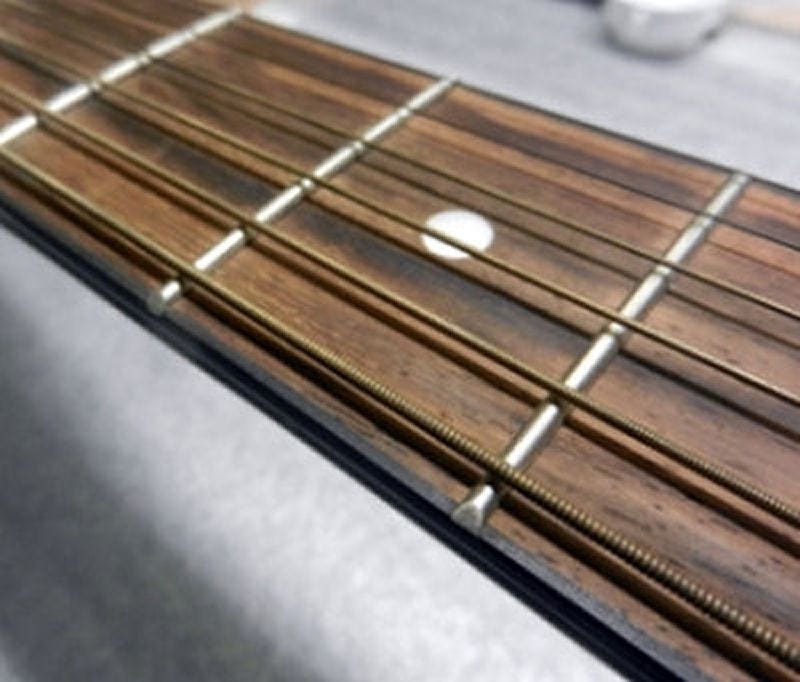How to figure out any chord on the guitar.
The road map to chord structures. Part Five - Extended Chords and Jazz Chords. [Advanced Intermediate Lesson]
Keep reading with a 7-day free trial
Subscribe to SoundHole Guitar Lessons to keep reading this post and get 7 days of free access to the full post archives.



